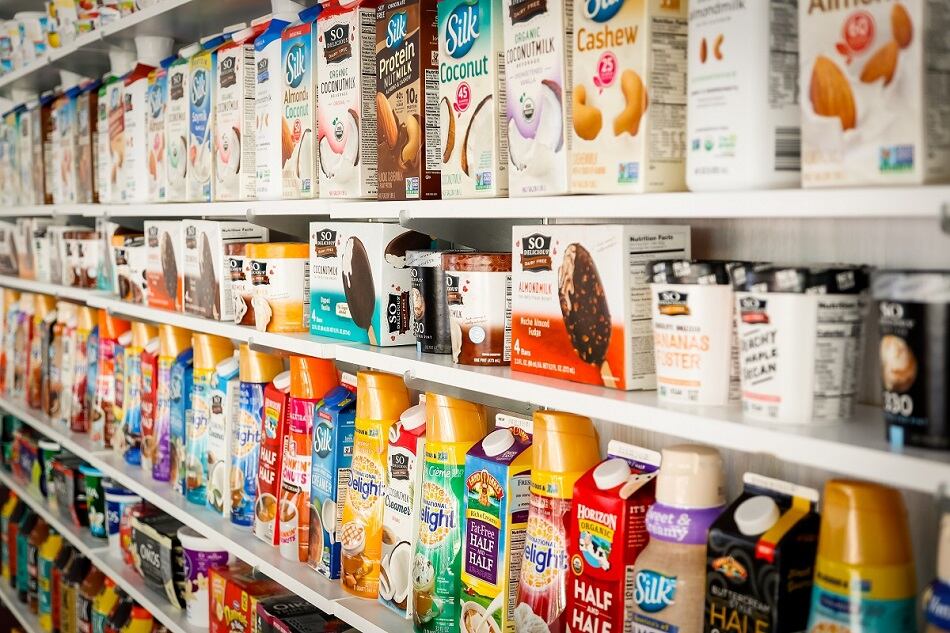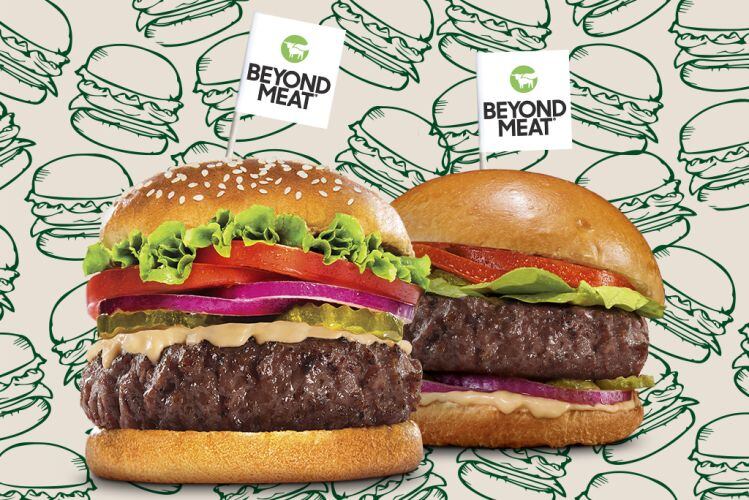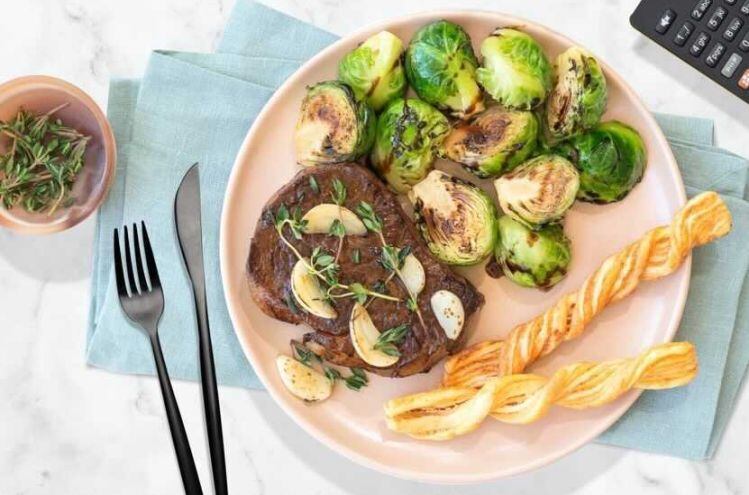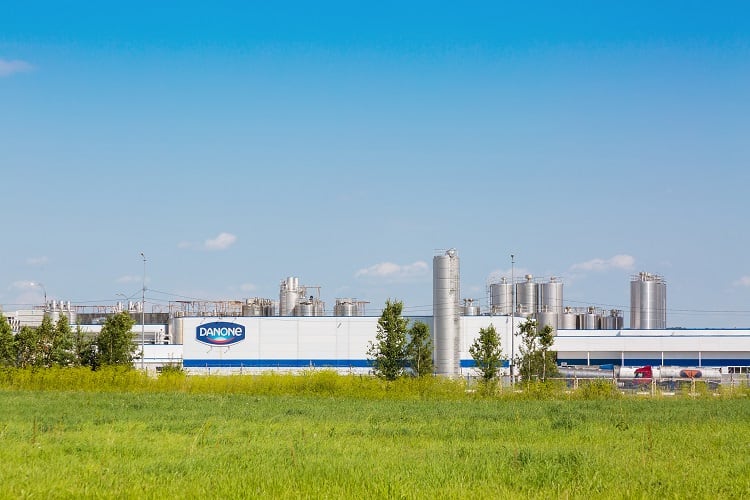In a call with investors last week, Danone provided further details on its plan for reshaping and reinventing its business, which includes a 20% SKU reduction and curtailing of long-tail innovation projects to achieve 3-5% in profitable growth in its portfolio.
Faber explained the changes are necessary because the company had “too many small, not-sticking innovation on the market.”
He added: “We were over-innovating. We were pushing on the market products, solutions that we were either not able to support, or that ultimately wouldn't actually make it as a lasting innovation. And so, there was a misuse of resources, management, time, energy and money that we intend now to channel in a much more disciplined, yet locally granular, manner in terms of innovation.”
‘Local First’ plan sees significant job cuts
In re-evaluating its business and portfolio of thousands of products, Danone announced that it is shifting to a “Local First” model, which will give more autonomy to local business units instead of being dependent on a specific global category organization, which will help the company gain improved efficiency and competitiveness, explained Faber on last week's call.
“By giving power back to countries, we will regain agility by shortening our decision-making processes: For instance, by having only two decision-making levels on capital expenditure where there are five today or two levels to manage a brand like Activia where there are four today,” he said
The simplification in its business operations will result in the reduction of approximately 1,500 to 2,000 positions in local and global headquarters, said Faber, who added that its newly-implemented business plan will generate reoccurring cost savings of €1bn (US$1.19bn) by 2023. Faber added that Danone will reinvest 20% to 25% of its savings into supporting its existing brands.
"We want to reconnect as soon as possible without top-line profitable growth," he said.
The pandemic’s impact
The company’s drastic measures come after sales in its Q3 2020 fell 9.3% on a reported basis compared to Q3 2019, reflecting the mixed impact of the coronavirus pandemic.
“The global pandemic has accelerated a number of the patterns of the food revolution and altered others. Among the aspects that are favorable to Danone: the increased perceived relationship between health and food and notably on immunity to which fermented proteins, and probiotics participate, but also the accelerated conversion to plant-based diets or the boom in e-commerce,” said Faber last month when first laying out its restructuring plan.
On the other hand, the pandemic has forced Danone to re-evaluate core parts of its portfolio, such as its water business, which registered -19.3% decline in sales in Q3 2020 compared to Q3 2019.
“Last July, we announced that we would give ourselves till the end of the year to work on our adaptation plan. Here we are,” he said last week.




